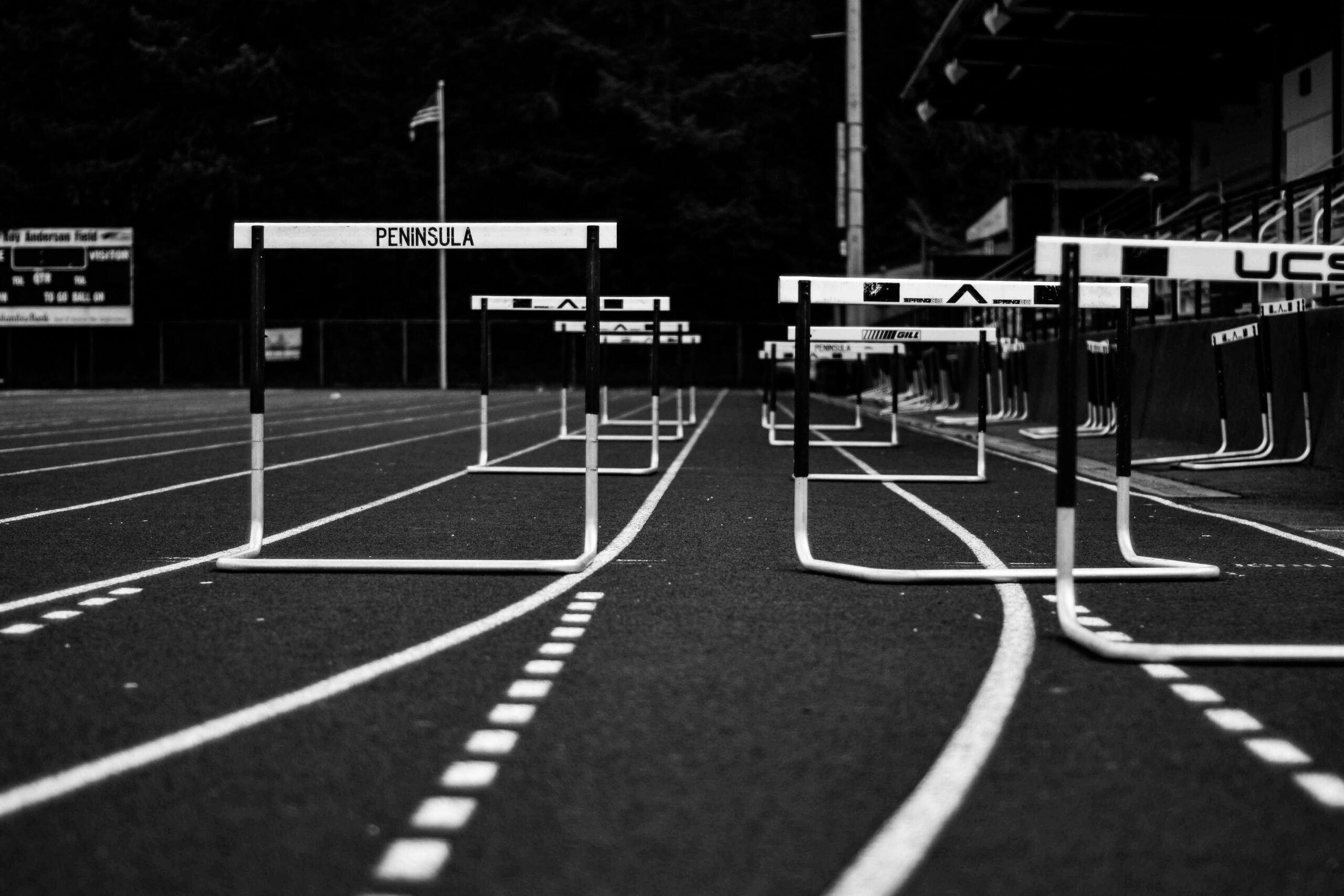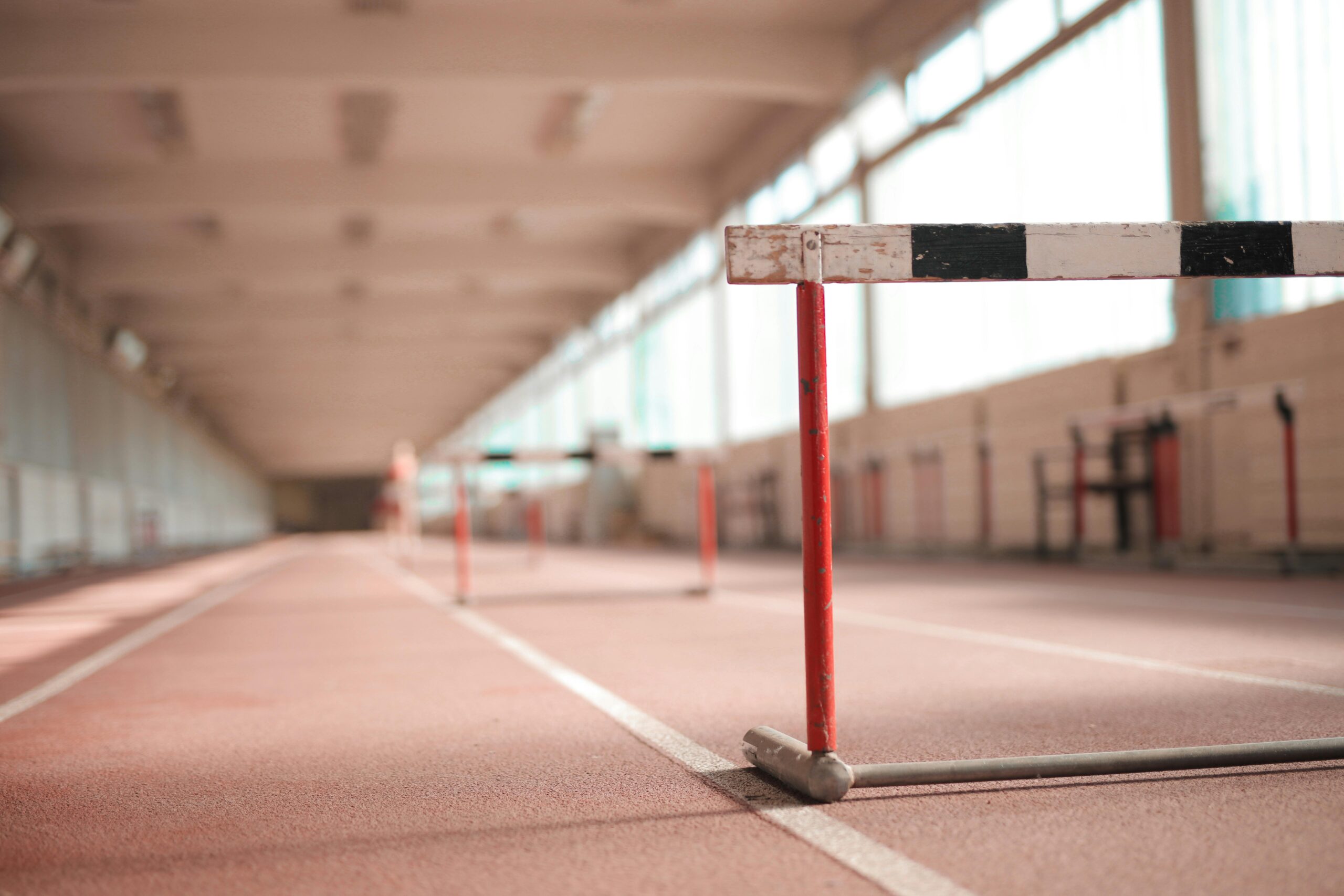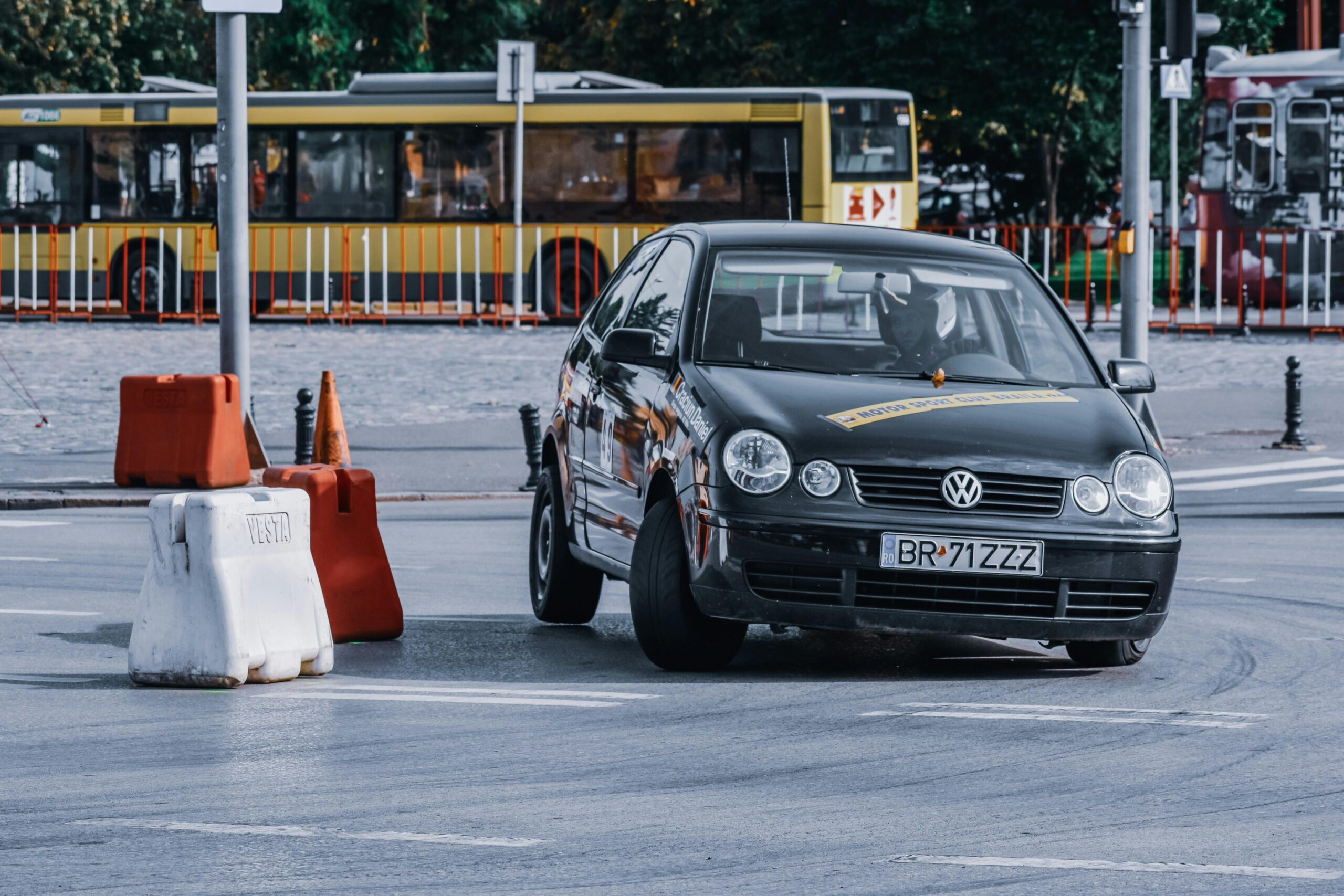Introduction to Jersey Barriers
As an experienced writer, I’m excited to share with you the ultimate guide to Jersey barriers – a crucial element in ensuring safety and efficiency across various infrastructural projects. From highways and construction sites to crowd control and disaster response, Jersey barriers have become an indispensable tool in the modern world. In this comprehensive article, we’ll explore the history, types, benefits, and applications of these versatile barriers, as well as dive into the intricacies of their design, installation, maintenance, and regulatory compliance.
What are Jersey Barriers and their Purpose?
Jersey barriers, also known as concrete barriers or traffic dividers, are a type of temporary or permanent barrier used to separate lanes of traffic, control the flow of vehicles, and protect pedestrians, workers, and other vulnerable individuals. These sturdy, concrete structures are designed to withstand the impact of collisions, redirecting the force of a vehicle and preventing it from crossing into oncoming traffic or entering a restricted area.
History and Evolution of Jersey Barriers
The origins of Jersey barriers can be traced back to the 1940s, when they were first developed in New Jersey to improve highway safety. Over the years, these barriers have undergone numerous design iterations and improvements, with advancements in materials, engineering, and safety standards. Today, Jersey barriers come in a variety of shapes, sizes, and configurations, each tailored to meet specific needs and environmental conditions.
Types of Jersey Barriers
- Standard Jersey Barrier: The classic, trapezoidal-shaped barrier with a sloped face and a hollow, reinforced concrete core.
- F-Shape Jersey Barrier: A modified version with a more pronounced slope and a flatter top, designed to provide greater vehicle stability and redirection.
- Tall Wall Jersey Barrier: A taller, more vertical barrier used in areas with limited space or where increased height is required for visibility or security purposes.
- Portable Jersey Barrier: Lightweight, interlocking barriers that can be easily transported and installed, often used in temporary or emergency situations.
- Median Jersey Barrier: A specialized barrier designed for use in highway medians, with a narrower profile and additional safety features.
Benefits of Using Jersey Barriers
- Improved Safety: Jersey barriers effectively redirect and absorb the impact of collisions, reducing the risk of vehicles crossing into oncoming traffic or entering restricted areas.
- Traffic Control: These barriers can be used to channel and control the flow of vehicles, guiding traffic patterns and preventing unauthorized access to certain areas.
- Durability and Longevity: Constructed from reinforced concrete, Jersey barriers are highly durable and can withstand the elements, requiring minimal maintenance over their long lifespan.
- Versatility: Jersey barriers can be used in a wide range of applications, from construction sites and highway work zones to crowd control and disaster response.
- Cost-Effectiveness: Compared to other types of barriers, Jersey barriers are generally more cost-effective to purchase, install, and maintain.
Applications of Jersey Barriers
- Highway and Road Construction: Jersey barriers are commonly used to separate traffic lanes, protect workers, and guide vehicles during road construction and maintenance projects.
- Crowd Control: These barriers can be used to manage and direct the flow of pedestrians at events, demonstrations, and other public gatherings.
- Disaster Response: Jersey barriers can be quickly deployed to create temporary roadblocks, secure perimeters, and channel traffic during emergencies and natural disasters.
- Temporary Traffic Diversion: In situations where permanent infrastructure is not feasible, Jersey barriers can be used to create temporary traffic diversions and work zones.
- Security and Access Control: Jersey barriers can be used to restrict access to sensitive areas, such as government buildings, military installations, or critical infrastructure.

Jersey Barrier Design and Construction
Jersey barriers are typically made of reinforced concrete, with a hollow, trapezoidal-shaped design that provides both strength and stability. The sloped face of the barrier is engineered to redirect the force of a collision, while the hollow core helps to reduce the overall weight and cost of the barrier. Advancements in materials and manufacturing processes have led to the development of more specialized barrier designs, such as the F-shape and tall wall variants, each with their own unique features and performance characteristics.
Proper Installation and Placement of Jersey Barriers
Proper installation and placement of Jersey barriers are crucial to ensuring their effectiveness and safety. This process involves careful planning, site assessment, and adherence to industry standards and regulations. Factors such as terrain, traffic patterns, and environmental conditions must be taken into account to determine the optimal placement and configuration of the barriers. Improper installation can compromise the barriers’ ability to redirect collisions and protect people and property.
Maintenance and Repair of Jersey Barriers
Despite their durability, Jersey barriers may still require regular maintenance and occasional repair to maintain their structural integrity and performance. This can include tasks such as inspecting for cracks or damage, cleaning the barriers to remove debris, and making necessary repairs or replacements. Proper maintenance not only extends the lifespan of the barriers but also ensures they continue to provide the necessary level of safety and protection.
Safety Considerations when using Jersey Barriers
While Jersey barriers are designed to enhance safety, there are still important safety considerations to keep in mind when using them. These include ensuring proper visibility, providing adequate lighting and signage, and considering the potential for vehicle instability or rollover during high-speed collisions. Additionally, the placement and configuration of the barriers must be carefully planned to prevent the creation of new hazards or the exacerbation of existing ones.
Jersey Barrier Regulations and Compliance
The use of Jersey barriers is subject to a range of regulations and standards, which vary depending on the jurisdiction and the specific application. These regulations cover aspects such as design, materials, testing, and installation requirements. Compliance with these regulations is crucial to ensure the safety and effectiveness of the barriers, as well as to avoid legal and financial consequences for non-compliance.
Jersey Barrier Suppliers and Manufacturers
The Jersey barrier market is served by a diverse range of suppliers and manufacturers, each offering their own unique products, services, and expertise. When selecting a provider, it’s important to consider factors such as product quality, delivery times, customer support, and adherence to industry standards and regulations. Engaging with reputable and experienced suppliers can help ensure that your Jersey barrier needs are met efficiently and effectively.
Conclusion: Ensuring Safety and Efficiency with Jersey Barriers
In conclusion, Jersey barriers are a critical component in ensuring safety and efficiency across a wide range of infrastructural projects and applications. By understanding the history, types, benefits, and proper use of these barriers, we can effectively leverage their capabilities to protect people, property, and the flow of traffic. As an experienced writer, I hope this comprehensive guide has provided you with the knowledge and insights necessary to make informed decisions when it comes to the use of Jersey barriers.
To learn more about how Jersey barriers can enhance the safety and efficiency of your next project, contact our team of experts today. We’ll work with you to develop a customized solution that meets your specific needs and requirements.
